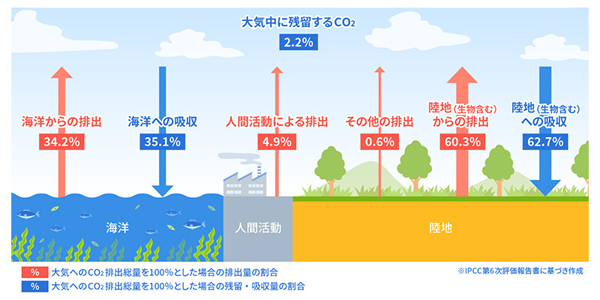Reducing greenhouse gases in soil NTT and Meiji University

NTT and Meiji University have succeeded in identifying multiple genes that contribute to long-term survival in soil for the first time in the world, using E. coli as a model microorganism, in order to identify genes that determine the survival of microorganisms in soil.
This result is expected to become a fundamental technology for reducing the burden on the environment, such as reducing greenhouse gases emitted from soil and reducing the use of chemical fertilizers by optimizing material circulation in soil.
This research is the first to comprehensively identify genes necessary for the long-term survival of bacteria in soil, focusing on all transcription factors in a single bacterium (E. coli).
Since the identified genes are transcription factors, further analysis of the genes regulated by these transcription factors will enable a more detailed elucidation of the molecular mechanisms involved in long-term survival in soil.
In addition, it is known that the functions of transcription factors change in response to environmental signals such as nutrients, so by identifying and utilizing these signals, it will be possible to control survival through gene expression.
By applying these issues not only to the model organism E. coli, but also to microorganisms responsible for material circulation in soil, it is expected that we will be able to reduce greenhouse gas emissions, the amount of excess nitrogen sources running off into the environment, and the environmental burden through reduced use of chemical fertilizers.
For example, by increasing the survival rate in soil of microorganisms that convert nitrate to nitrogen and N2O to nitrogen, it is thought that it will be possible to reduce N20 emissions and the amount of excess nitrogen sources running off into the environment.
※Translating Japanese articles into English with AI
